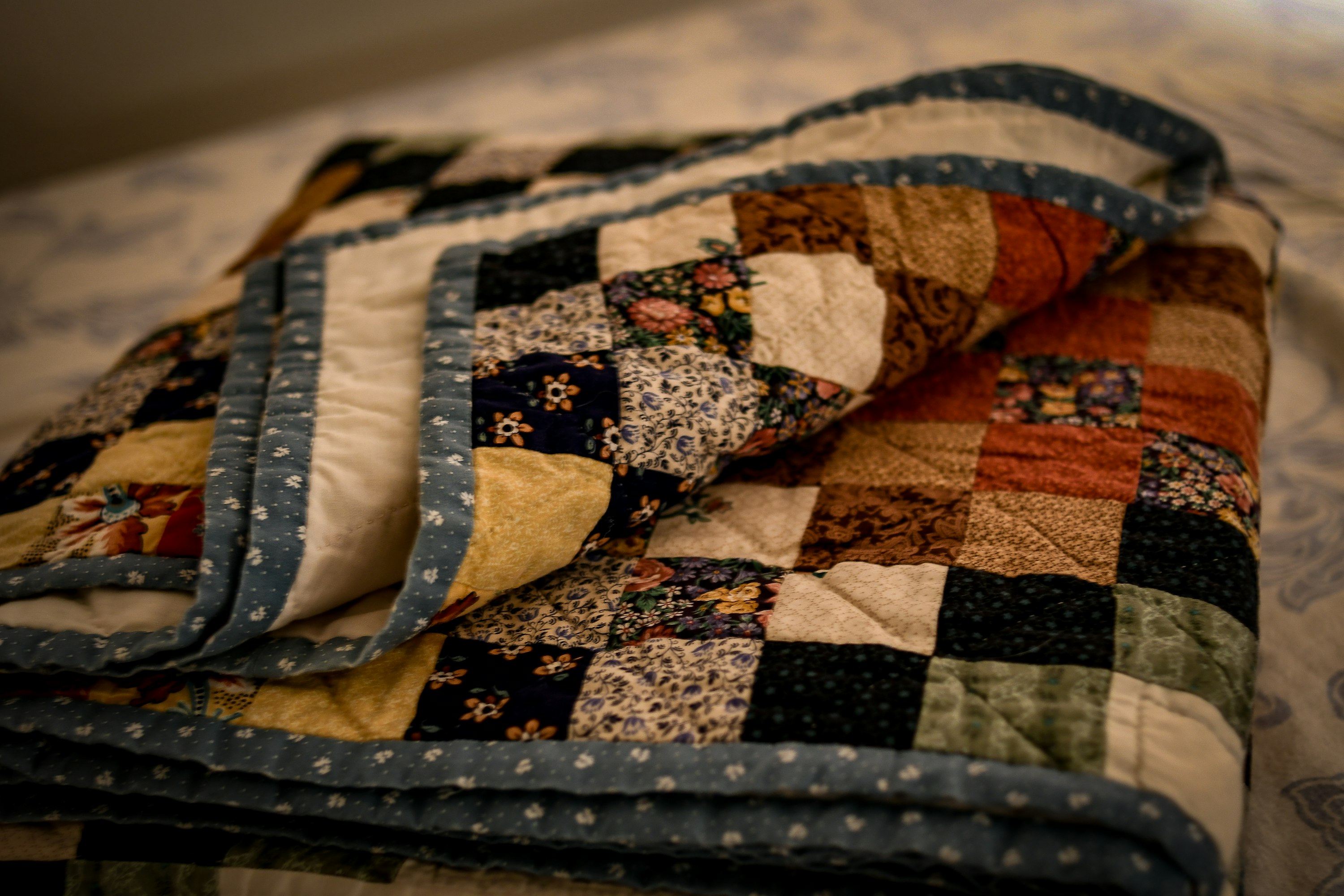Quilt is a great tool to maintain patchsets.
For those new to quilt, let me brief you on how it works.
If you take something like the kernel sources, you would eventually need to apply patches to give it functionality that has not made it to the official tree. Examples like suspend2, xen, bootsplash, drivers and all that other kernel goodness floating around. Sometimes different patchsets need to be applied and different branches of the source tree will need to be maintained. When applying patches manually, no record of the patches is kept (apart from the actual changes themselves) so its difficult to say which patches have been applied. Reverting patches can be tricky if they’re order dependent.
Here’s how you would use quilt to simplify this madness.
Simply make a patches/ directory inside your kernel source tree, and dump all your patches in it. Create a patches/series file and list all your patches in the order that it should be applied. Once you’re done, back from the root of the kernel source tree, type ‘quilt push -a’. If everything applies cleanly you’re good to go. To see which patches have been applied ‘quilt applied’. To revert the last patch, ‘quilt pop’. To revert everything ‘quilt pop -a’. It’s really that simple. Quilt takes a stack oriented approach to patching which is extremely intuitive.
The patches can be kept elsewhere and symlinked from within the patches folder. That way you can maintain multiple kernel trees with different patchsets and a common repository with all your patches for easy maintenance.
Oh and updating a patch is a simple ‘quilt refresh’.
Happy patchin’.



Quilt is a great tool to maintain patchsets.
For those new to quilt, let me brief you on how it works.
If you take something like the kernel sources, you would eventually need to apply patches to give it functionality that has not made it to the official tree. Examples like suspend2, xen, bootsplash, drivers and all that other kernel goodness floating around. Sometimes different patchsets need to be applied and different branches of the source tree will need to be maintained. When applying patches manually, no record of the patches is kept (apart from the actual changes themselves) so its difficult to say which patches have been applied. Reverting patches can be tricky if they’re order dependent.
Here’s how you would use quilt to simplify this madness.
Simply make a patches/ directory inside your kernel source tree, and dump all your patches in it. Create a patches/series file and list all your patches in the order that it should be applied. Once you’re done, back from the root of the kernel source tree, type ‘quilt push -a’. If everything applies cleanly you’re good to go. To see which patches have been applied ‘quilt applied’. To revert the last patch, ‘quilt pop’. To revert everything ‘quilt pop -a’. It’s really that simple. Quilt takes a stack oriented approach to patching which is extremely intuitive.
The patches can be kept elsewhere and symlinked from within the patches folder. That way you can maintain multiple kernel trees with different patchsets and a common repository with all your patches for easy maintenance.
Oh and updating a patch is a simple ‘quilt refresh’.
Happy patchin’.
Read Next
DeepSeek-R1, at the cusp of an open revolution
DeepSeek R1, the new entrant to the Large Language Model wars has created quite a splash over the last few weeks. Its entrance into a space dominated by the Big Corps, while pursuing asymmetric and novel strategies has been a refreshing eye-opener. GPT AI improvement was starting to show signs
Windows of Opportunity: Microsoft's Open Source Renaissance
Twenty years ago, it was easy to dislike Microsoft. It was the quintessential evil MegaCorp that was quick to squash competition, often ruthlessly, but in some cases slowly through a more insidious process of embracing, extending, and exterminating anything that got in the way. This was the signature personality of
US-11604662-B2
I’m happy to announce, that after a long wait, patent US-11604662-B2 has been issued.
Parallelizing and running distributed builds with distcc
Parallelizing the compilation of a large codebase is a breeze with distcc, which allows you to spread the load across multiple nodes and…